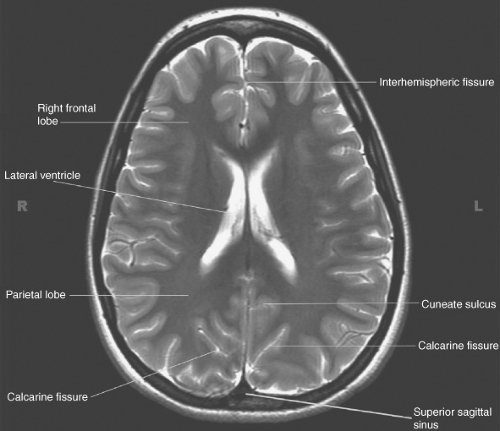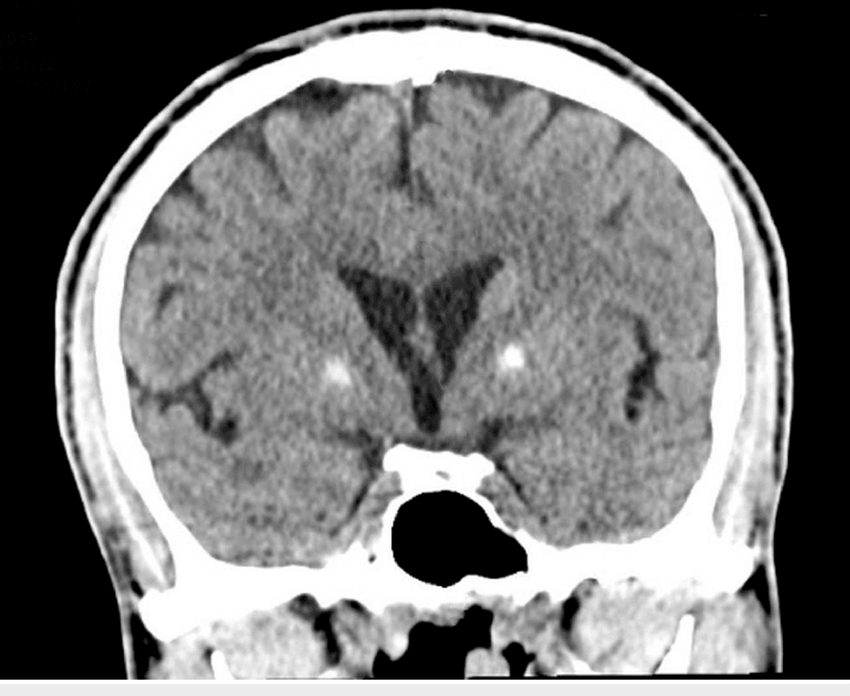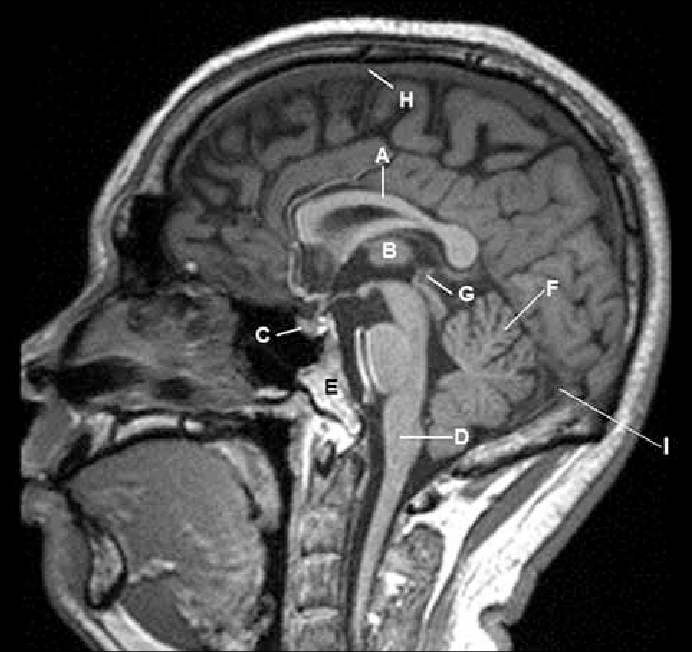Biological & Neuropsychology (updated)
1/85
There's no tags or description
Looks like no tags are added yet.
Name | Mastery | Learn | Test | Matching | Spaced |
|---|
No study sessions yet.
86 Terms
neuropsychology
the study of the function of the brain and looking at how the brain effects parts of the body
what is the main aim of neuropsychology
to diagnose and treat people who have suffered brain injury and disease
what professions can you go into as a neuropsychologist
make a diagnosis of neuroogical disorders
work in hospitals and rehabilitation clinics
conduct studies and research
work in private practices
medio-gel
Broca’s area
responsible for speech production
where is Broca’s area located
frontal lobe
Wernicke’s area
responsible for speech comprehension
where is Wernicke’s area located
temporal lobe
localisation theory
each function is governed by a specific region of the brain (has been criticised for oversimplying the function of the brain)
Luria
known for his ‘dynamic localisation’
complex functions are turned into basic functions that can be localised
specific zones of the brain work together to produce complex functions
nervous system
complex network of nerves and cells that carries messages to and from the spina cord to parts of the body
afferent pathways
information is taken to the CNS
efferent pathways
information from the CNS is taken to the muscles and organs
what is the difference between the central nervous system (CNS) and peripheral nervous system (PNS)
the CNS is composed of the brain and spinal cord while PNS is composed of any nerve outside of the brain and spinal cord
where does the CNS begin
medulla oblongata
the protective layers of CNS is…
dura, arachnoid and pia meter
what is the PNS divided into
somatic nervous system (voluntary actions)
autonomic nervous system (involuntary actions)
sympathetic nervous system (autonomic)
dilates pupils, relax bronchi, increase heart rate, shut digestive system down slightly, constrict blood vessels
parasympathetic nervous system
constrict pupils, tense bronchi, decrease heart rate, allow digestion, dilate blood vessels
anterior
front
posterior
back
superior
higher
lateral
always from the midline
medial
towards midline
proximal
closer to
distal
away from
what are 2 ways that we can perceive the brain
order in which regions developed
how they appear divided between the two hemispheres
what are we looking at in the first perception
hindbrain, midbrain and forebrain
what is the hindbrain composed of
medulla oblongata, pons, cerebellum
medulla oblongata
life sustaining function that controls our involuntary functions (e.g. breathing and swallowing)
what happens when there is damage in the medulla oblongata
can lead to life threatening risks such as difficulties in breathing, swallowing and reduced heart rate
pons
relays information and controls sleep cycle
what happens when there is damage in the pons
fluctuating consciousness and disrupted sleep cycles
cerebellum
controls muscle movement
maintains muscle coordination
learned reflexes are stored here (procedural memory)
what happens when there is damage in the cerebellum
trouble in balance with posture and balance
abnormal gait, dymetria and dysarthria
midbrain
site for reticular formation that helps to relay information between the hinbrain and forebrain
serves for arousal and sleep cycle
what happens when there is damage in the midbrain/reticular formation
falling into a coma
what is the forebrain composed of
cerebrum
hypothalamus
thalamus
amygdala
hippocampus
which system is found in the forebrain
the limbic system
hypothalamus
controls the pituitary gland
what happens when there is damage in the pituitary gland
can affect factors like emotion or sleep
thalamus
“info desk” which sends incoming info that is processed to the appropriate brain region
amygdala
controls emotions, learning, memory and recognising fear
what happens when there is damage in the amygdala
the inability to recognise fear
hippocampus
controls memory and allows for the creation of new memories
what happens when there is damage in the hippocampus
amnesia
basal ganglia
controls movement, mood and memory
what happens when there is damage in the basal ganglia
lead to a change in posture and muscle tone
what are the 4 main lobes in our brain
frontal lobe
temporal lobe
parietal lobe
occiptial lobe
frontal lobe
controls personality, higher order thinking, movements, memory, impulse and inhibition
motor cortex
controls voluntary movements
where is the frontal lobe located
front of the brain
what happens where there is damage in the frontal lobe
difficulties in planning, impulse control, abstract thinking and inhibition
Broca’s aphasia
difficulty in speech production while comprehension remains intact
why is the Phineas Cage case important in psychology
it illustrates how the frontal lobe has an impact on personality and behaviour
temporal lobe
responsible for hearing and language
Wernicke’s aphasia
difficulty in understanding speech while the ability to produce speech
what happen where there is damage in the temporal lobe
it can lead to impaired comprehension
parietal lobe
responsible for sensory information and spatial orientation
somatosensory cortex
receives sensory information from the body and mirror the motor cortex in frontal lobe
what happens when there is damage in the parietal lobe
having a stroke and hemineglect
hemineglect
not paying attention to one side of the body/space
occipital lobe
responsible for visual processing
what happens when there is damage in this area
partial to complete blindness
primary areas
processes raw information
association areas
integrates information for complex functions
gyrus
elevated folds on the surface of the brain
sulcus
shallow grooves on the surface of the brain
what is the main functions of gyri and sulci
they increase the surface area of the brain which allows for more neurons to enter, resulting in a higher capacity for cognitive performance
the right hemisphere controls…
the left side of the body
the left hemisphere controls …
the right side of the body
corpus callosum
band of tissue that connects the two hemispheres so that they can communicate with each other
what happens when there is damage in this area
the two hemispheres are unable to communicate with each other
lateralisation
each hemisphere is responsible for a domination function in one or another hemisphere
clinical-anatomical correlation
inferring which area of the brain is affected by looking at which function or ability is impaired
how did autopsied play a role during WW2
showed high incidences of brain and head trauma
neuroimaging
imaging technique where you are able to see exactly what is going on within the brain to further localise damage
what are the benefits of neuroimaging
helped to make accurate diagnosis
able to relate clinical observations to the scan
allows to see within the brain to localise damage

what type of plane is this
axial plane


what type of plane is this
coronal plane

what type of plane is this
sagittal plane
X-ray
Uses radiation to capture images
More dense areas appear in white (e.g. bones)
Less dense areas appear in grey/black (e.g. organs)
what are pros and cons of x-rays
pros: very fast, inexpensive, ideal for emergency situations
cons: not great for looking at actual brain tissue
MRI
Uses magnetic fields, radio waves and computerised enhancement to map out brain structure
Detailed images of various structures, e.g. soft tissue, nerve vessels
Can spot subtle issues
Can spot different pathologies to CT scans and X-rays
what are pros and cons of MRI
pros: non-invasive, don’t use radiation, more sensitive than CTs for locating lesions
cons: VERY expensive, more time consuming
CT scan
use detailed radiation
looks at density but is able to look at soft tissue rather than only bones
what are the pros and cons of CT scans
pros: very fast, inexpensive, ideal for emergency situations
cons: poor resultion of white and grey matter, contains no information about functions